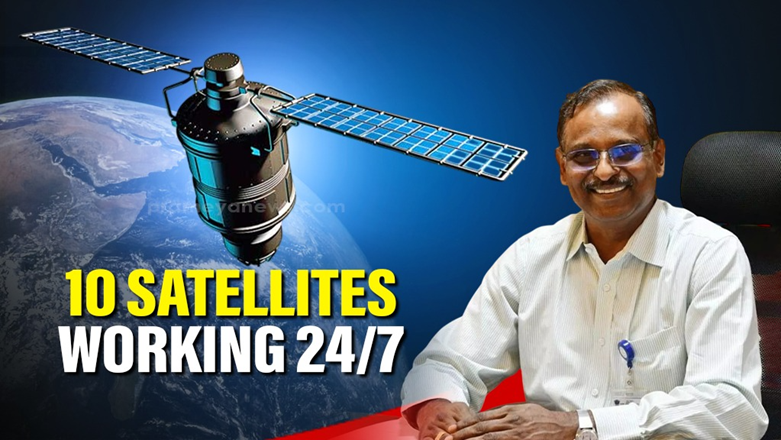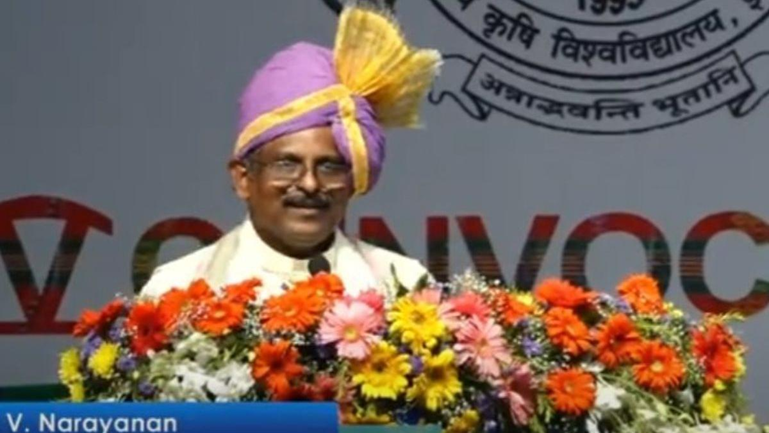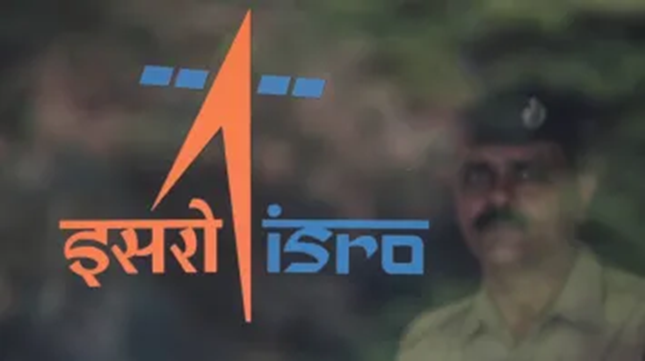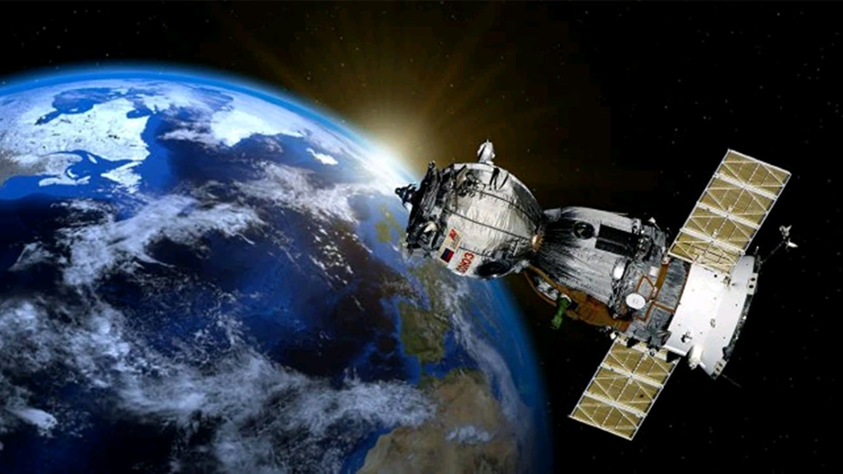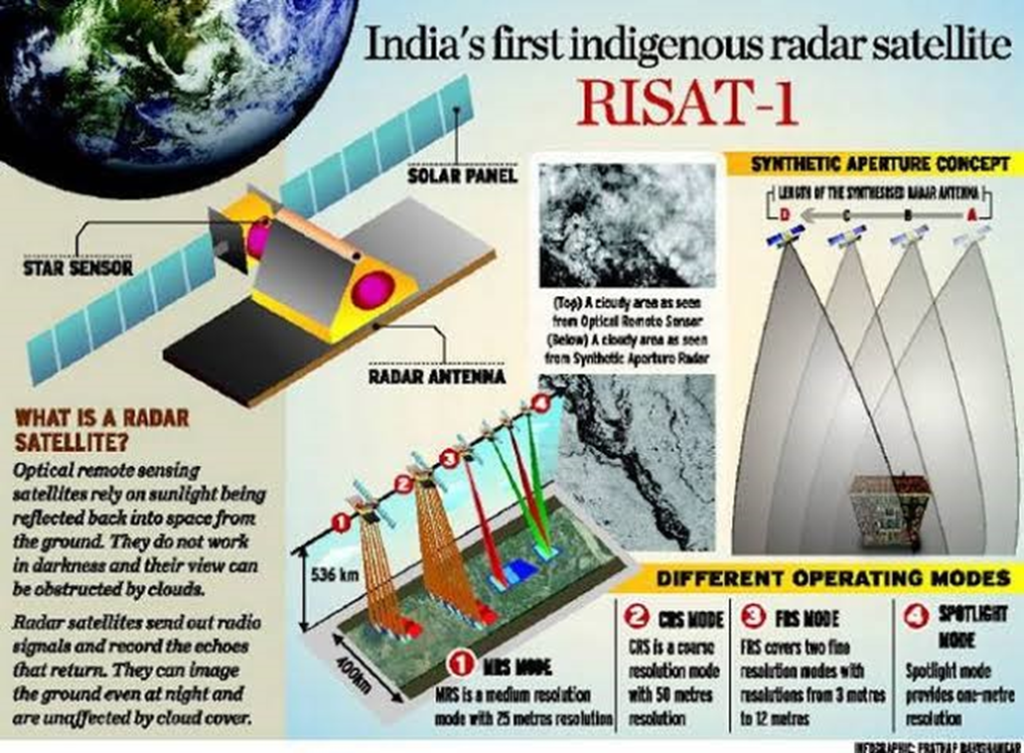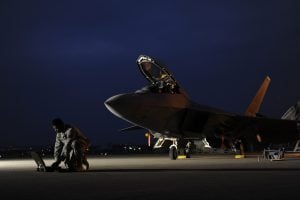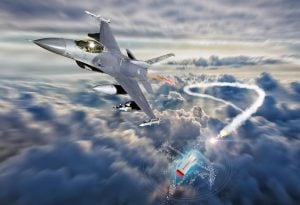At least 10 Indian satellites are working around the clock (24×7) to monitor and safeguard the nation’s borders and coastline, said ISRO’s Chairman V Narayanan, during a recent address. These satellites play a strategic role in protecting citizens by providing critical surveillance data.
ISRO’s 10 Satellites : Monitoring India Amid Border Tensions
Why In News
- At least 10 Indian satellites are working around the clock (24×7) to monitor and safeguard the nation’s borders and coastline, said ISRO’s Chairman V Narayanan, during a recent address. These satellites play a strategic role in protecting citizens by providing critical surveillance data.
All You Need To Know
- Monitoring 7,000 Km Of Coastline And Northern Borders
Speaking at the 5th Convocation of Central Agricultural University (CAU) in Imphal, Manipur, the ISRO Chairman pointed out the need to constantly keep an eye on India’s 7,000 km seashore and northern territories. Narayanan said, “If we have to ensure the safety of our country, we have to serve through our satellites. We have to monitor our seashore areas. We have to monitor the entire Northern part continuously.” We have to monitor the entire Northern part continuously. Without satellite and drone technology, we can’t achieve that,” Mr. V. Narayanan said.
- Satellites And Drones Are Crucial To National Security
V Narayanan also highlighted that India cannot achieve full security coverage without satellite and drone technology. Given the current geopolitical situation, especially with “neighbours” posing threats, space-based surveillance has become critical for defence preparedness.
ISRO Satellites
- As of now, Isro has launched a total of 127 Indian satellites, including those from private operators and academic institutions. Of these, 22 are in low earth orbit (LEO) and 29 are in geo-synchronous earth orbit, owned by the central govt. India has around a dozen spy or surveillance satellites. They include Cartosat and RISAT series, as well as EMISAT and MicroSat series, which are designed for specific surveillance tasks.
- The Just days ago, Indian National Space Promotion and Authorisation Centre (IN-SPACe) chairman Pawan Kumar Goenka had said at Global Space Exploration Conference 2025 that India would put in orbit a constellation of 52 satellites over the next five years to step up space-based surveillance capabilities.
EOS-09
- The Narayanan’s statement has come at a time when Isro is scheduled to launch another surveillance satellite, EOS-09 (RISAT-1B) radar imaging satellite, into a sun-synchronous orbit on May 18 that will boost India’s surveillance powers along its sensitive borders.
- Saying that advanced satellite technologies are required for the common man’s development, Narayanan predicted that before India celebrates 100 years of its independence, the country would be a master in every field, the country would be an outstanding contributor to the world.
- Isro and its several satellites are operational for the development of northeastern states and the execution of many projects in the region, he added. He urged students that after taking degrees, their responsibility is to give something to society.
- Indian space agency ISRO will be launching the PSLV-C61 rocket, carrying the EOS-09 satellite at sunrise hour, Sunday, May 18th, WION has learnt. EOS-09 is a radar imaging satellite(earlier known as RISAT) that is capable of day and night imaging, can see through clouds, deliver images under all weather conditions. Carrying the 1,700kg satellite, the PSLV rocket is expected to liftoff from the first launchpad at India’s Satish Dhawan Space Centre, Sriharikota, around 5:59am, Indian time.
- EOS-09 is equipped with a state-of-the-art C-band synthetic aperture radar (SAR), enabling it to capture high-resolution images of Earth’s surface regardless of weather conditions, day or night. This all-weather, round-the-clock imaging is vital for applications ranging from agriculture and forestry monitoring to disaster management, urban planning, and national security.
Conclusion
- Operation Sindoor and tension between India and Pakistan: In the context of ongoing tensions between India and Pakistan, ISRO’s satellite surveillance becomes even more critical. With the threat of cross-border conflicts and the need for real-time intelligence, space-based monitoring provides India with a strategic edge.
